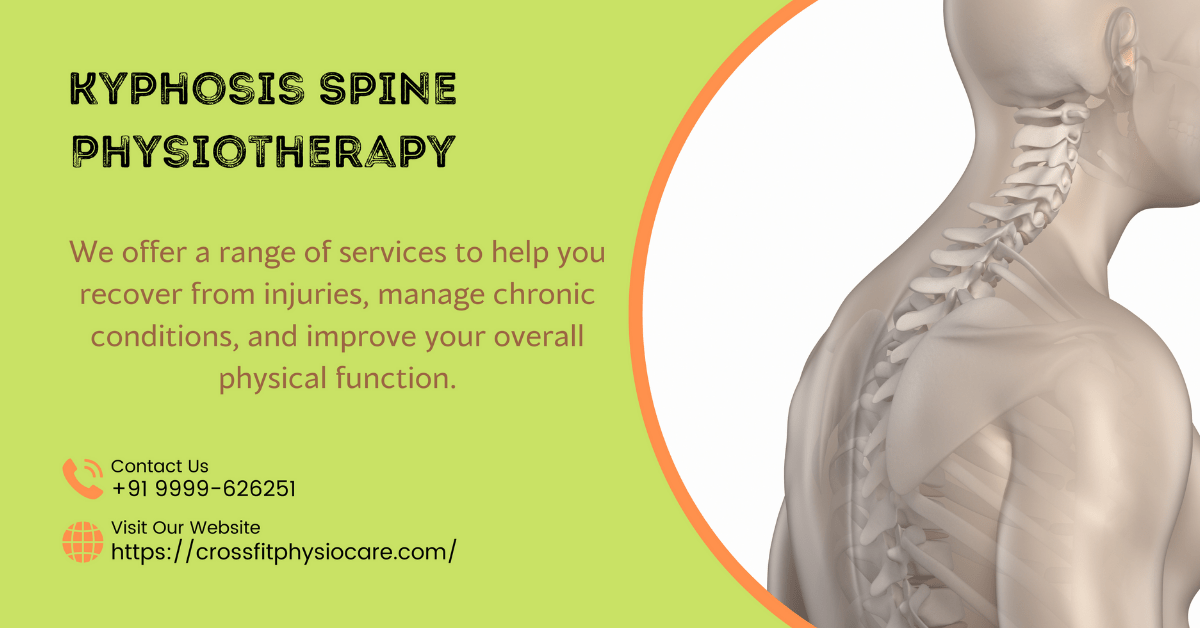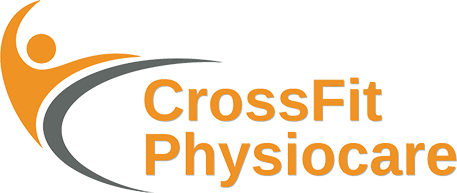
Kyphosis Spine Physiotherapy
Kyphosis is a spinal disorder characterized by an excessive forward curvature of the upper back, leading to a rounded or hunched-back appearance. It’s a condition where the thoracic spine (the middle and upper part of the back) curves outward more than the normal range. Kyphosis can vary in severity and may be caused by various factors, including developmental issues, poor posture, degenerative conditions, or certain medical conditions
Types of Kyphosis:
Postural Kyphosis: This is the most common type and is often related to poor posture, especially during adolescence. It’s reversible with proper posture correction and exercise.
Scheuermann’s Kyphosis: Also known as juvenile kyphosis, this form typically appears during adolescence. It’s characterized by the wedging of several consecutive vertebrae, leading to an increased curvature. It may be associated with pain and structural changes.
Degenerative Kyphosis: This occurs with age as the spinal discs and vertebrae undergo degenerative changes, leading to a gradual increase in the kyphotic curve. Osteoporosis can exacerbate this type.
Congenital Kyphosis: Present at birth, this type is due to abnormal spinal development during fetal growth.
Neuromuscular Kyphosis: This form is caused by muscle weakness or neurological conditions that affect muscle control and spinal alignment.
Symptoms of Kyphosis:
Rounded Back: The most noticeable symptom is the visible curvature of the upper back.
Back Pain: Depending on the severity, individuals may experience discomfort or pain in the upper back.
Stiffness: Reduced flexibility in the spine may lead to stiffness and limited range of motion.
Muscle Fatigue: Muscles supporting the spine may become fatigued due to the altered alignment.
Nerve Compression: Severe cases can lead to nerve compression and associated symptoms.
Treatment of Kyphosis:
Posture Correction: For mild cases, focusing on improving posture through exercises and conscious awareness can help.
Physical Therapy: Strengthening exercises for the back, core, and postural muscles can help improve spinal alignment and reduce symptoms.
Bracing: For adolescents with moderate kyphosis, bracing may be used to prevent further progression during growth.
Pain Management: Pain relievers, anti-inflammatory medications, and physical therapy modalities can help manage pain and discomfort.
Surgery: Severe cases of kyphosis, especially if associated with neurological symptoms or significantly impacting quality of life, may require surgical intervention to correct the spinal curvature and stabilize the spine.
Osteoporosis Management: If kyphosis is related to osteoporosis, treating and managing the underlying bone condition is important.
If you suspect you have kyphosis or are experiencing symptoms, it’s important to consult a healthcare provider for an accurate diagnosis and appropriate treatment recommendations. A healthcare provider can determine the cause of the curvature and recommend a personalized treatment plan tailored to your individual condition.
- Daani Plaza E-595-596, 4th Floor, Ramphal Chowk Rd, Block E, Sector 7 Dwarka, New Delhi - 110075
- +91 99996 26251
- support@crossfitphysiocare.com
How can we help you?
If you are looking for the best and nearest physiotherapist, then click below to message us on WhatsApp.
